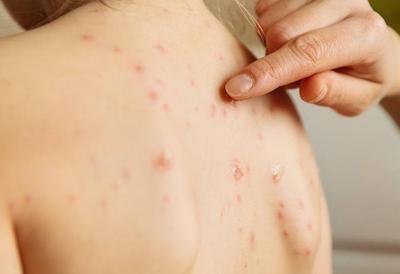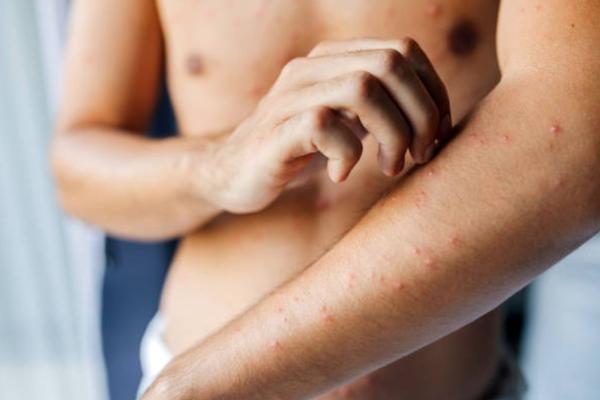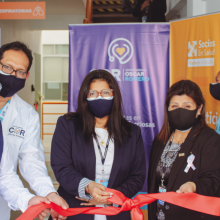The spread of a new variant of monkeypox (now called mpox), apparently more lethal, led the World Health Organization (WHO) to declare the outbreak a public health emergency of international concern on August 14.
This is the second time in two years that the agency has activated the highest level of alert included in the International Health Regulations. Formerly known as “monkeypox,” this condition has resulted in the deaths of at least 450 people in the Democratic Republic of Congo during this new outbreak.
It has now spread to other countries in central and eastern Africa, and a first case has been reported outside the continent, in Sweden. WHO director Tedros Adhanom Ghebreyesus warned that the possibility of further spread is “very worrying” and called for “a coordinated international response.”
Why is this mpox outbreak generating alert?
“The concern is that there are not enough vaccines in these countries or in other countries with low or medium resources, nor that an adequate percentage of people are vaccinated, especially those most at risk (people living with HIV, men who have sex with men),” says Renato Errea, head of the HIV and STI Program at Socios En Salud.
While sporadic cases of the condition have been reported in Africa since 1970, it was in 2005 that thousands of infections began to appear in the Democratic Republic of the Congo. Then, in the 2022 outbreak, mpox spread to five regions of the world.
This time, however, the director of the WHO Emergency Committee, Dimie Ogoina, has pointed out that we are “facing the largest outbreak” reported in Africa and “there are vulnerable populations, such as children and pregnant women, who are being affected.”
What do we know about the new mpox variant?
To date, there are two known mpox variants: clade 1 and clade 2. Although clade 2 caused a public health emergency in 2022, its impact was relatively moderate. In contrast, the one that has recently emerged in the Democratic Republic of Congo is the most worrying: a variant of clade 1.
“This current outbreak, which has generated the WHO alert, occurs with a strain already endemic in that country (clade 1), but a new variant (clade 1b) has been detected that spreads more easily,” the head of the HIV and STI Program at Partners In Health points out in this regard.
Its easy multiplication has produced “160% more infections,” according to the specialist. “This new strain appears to have a 3-4% mortality rate, while the 2022-2023 strain had a mortality of, approximately, 1%,” he points out.

La nueva variante de mpox ha producido un 160% más de infecciones. Su cepa nueva parece tener un 3-4% de mortalidad.
How is it transmitted and what are the symptoms?
With the new variant of mpox, transmission can occur through close contact with an infected person: being face-to-face, conversing or breathing near an infected person, with direct skin-to-skin, mouth-to-mouth or mouth-to-skin contact.
Other ways of spread are by touching the clothing, sheets or towels of someone infected, or by putting hands on blisters or scabs on infected skin. Also by coughing or sneezing, or already directly by contact with body fluids.
The symptoms of mpox are fever, extensive skin rash and, usually, swollen lymph nodes. According to WHO, this disease can be confused with others, such as measles, chickenpox, syphilis, scabies, among others.
What is the situation in Peru and what should be done to stop a possible spread?
According to the situation room of the Ministry of Health (MINSA), in Peru, in 2022, 3,698 confirmed cases of the old variant of mpox were reported. In 2023, there were 164 cases, and in 2024, 77, with a cutoff date of August 10.
The head of the HIV and STI Program states that to curb a possible spread in our country, it is necessary to prepare in the following way:
- Activate the surveillance system.
- Ensure timely access to diagnostic tests
- Distribute vaccines for populations at risk
- Communication campaigns for the general population, with emphasis on populations most at risk.



